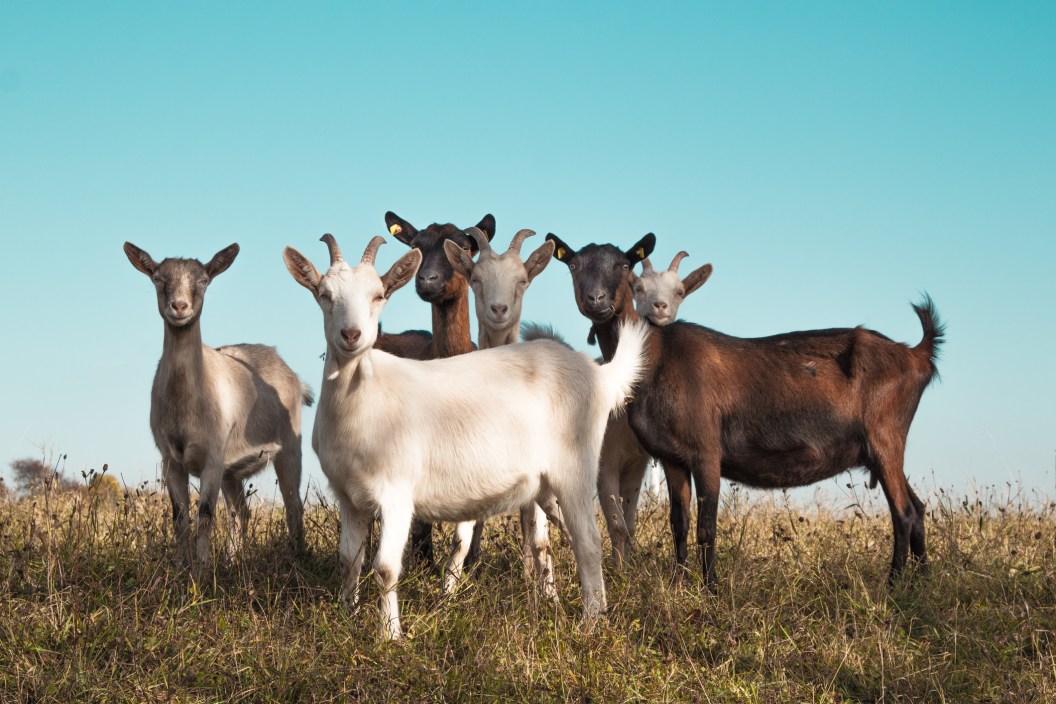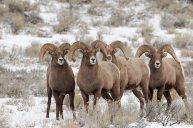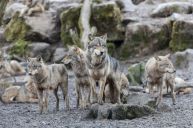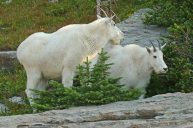Tahoe National Forest's newest firefighters are of the fuzzy variety. The entity has unveiled a proposal to use sheep and goats in a targeted grazing project meant to protect neighboring communities from wayward wildfires.
The project, which has been titled the Big Jack East: Targeted Grazing Project, aims to not only provide protection from future wildfires but also to reduce fuel loading and improve forest health. The plan proposes that grazing animals be deployed on up to 2,012 acres of forest service lands located in northeastern Placer County, California. This long-term maintenance approach seeks to provide benefits for the nearby communities of Sierra Meadows, Ponderosa Palisades, Martiswoods Estates, Ponderosa Ranchos, and Martis Camp. Most of that area is made up of private parcels. There is also a major utility corridor within the project area.
Using goats for forest maintenance is growing in popularity, such as in Ojai Valley, California, and Boulder, Colorado. In Boulder, the fire council has implemented a grazing plan after the area suffered billions of dollars in damage after the Marshall Fire ripped through the region several years ago.
Grazers there are being used to reduce flammable vegetation and provide more effective buffers between open grasslands and adjacent communities. The cattle, sheep, and goats are typically owned by local farmers who pay a fee to graze their livestock on the property. During fire-prone months, the grazing animals are steered toward strategic areas, creating wide swaths of buffer zones between potential fires and neighborhoods.
Grazing is a win-win for local agriculture and the community, according to Andy Pelster, the senior manager of agriculture and water stewardship for Boulder's Open Space and Mountain Parks Department. Grazed grasslands burn less intensely, making fires easier to fight; plus, grazing promotes grassland health and controls invasive species without the need for harmful chemicals.
Around the world, cities have already implemented the concept of greenbelts—which, when paired with targeted grazing, may provide substantial fire protection and community benefits.
During the current public comment period, the public is invited to provide input on identifying opportunities, concerns, and issues related to the proposed activities. Comments will be accepted through January 5, 2024.
READ MORE: How Goats Can Help with Brush Control




